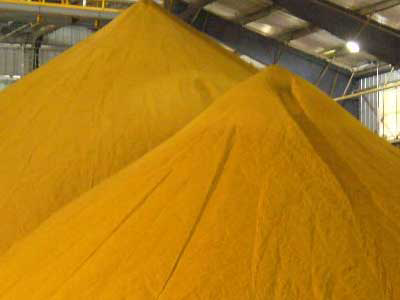Research: Analysing DDGS with NIRS

Chinese research looked into the rapid determination of swine available energy and amino acids in corn distillers dried grains with solubles by near-infrared reflectance spectroscopy.
The possibility of using near-infrared reflectance spectroscopy (NIRS) for quantitative determination of available energy (calculated digestible energy and metabolizable energy for swine) and essential amino acids in corn DDGS was investigated in this study.
Trial setup
Ninety-three samples were collected from 18 plants in China over a three year period and randomly split into a calibration set (N = 70) and a validation set (N = 23).
Calibrations were performed by modified partial least squared algorithm and 15 different spectral pretreatments.
Results
The results showed that the second derivative mathematical treatment gave the best prediction performance for most constituents.
The coefficient of determination for cross-validation (R2CV) and validation (R2val) were excellent for available energy (R2CV ranged from 0.93 to 0.94, R2val ranged from 0.88 to 0.91) and most essential amino acids (R2CV ranged from 0.85 to 0.93, R2val ranged from 0.88 to 0.95) with the exception of arginine, lysine, tryptophan and valine.
The prediction performance measuring amino acids by NIRS was better than that obtained by protein regression.
Conclusion
These results indicate that NIRS can be used as a quantitative method for the rapid determination of energy and most amino acids in corn DDGS.











